(read the first part of Dirty money on UWI)
According to a report published by the United Nations Office on Drugs and Crime (UNODC), about 2 trillion “dirty” dollars are laundered annually. In the process of “laundering,” criminals apply the most unexpected and sophisticated methods.
According to the Financial Crimes Investigation Board (MASAK) at the Ministry of Finance of Turkey, new global trends in money laundering are emerging via internet banks and e-currencies that promises added anonymity.
Hürriyet newspaper’s economics columnist, Erdal Sağlam, commented on money-laundering schemes in dialogue with uwidata.com.
Money laundering cases increased after the global economic crisis
After the global economic crisis of 2008, a marked increase was noted in the number of money laundering cases. Perhaps the actual difference was not as great as it seemed, but more cases were certainly exposed in the wake of the crisis.
One of the main reasons for the trend was that detailed studies of bank accounts started to be carried out after the economic fallout. Another factor was the publication of secret correspondences and documents, such as the “Panama papers,” online. In addition, we can say that the expansion of the use of crypto-currency, primarily Bitcoin, played a role in the process. The active use of this tool, which is not yet sufficiently controlled by national and international authorities, became an important part of the black market.
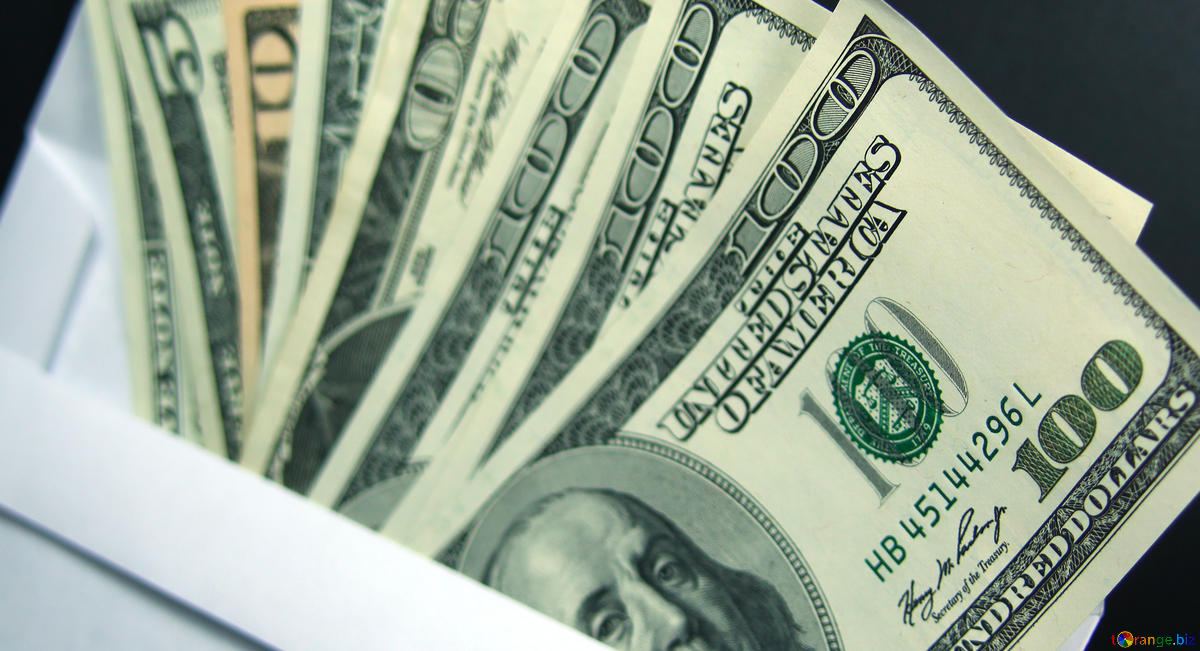
BANKS WERE AWARE OF WHAT WAS GOING ON
Careful inspections carried out in banks after the crisis showed that the international rules that were developed to prevent the traffic of “dirty money” had not been carried out adequately, and it was being transferred in large quantities at the international level.
As a part of these inspections, supervisory financial authorities in many countries, primarily the United States, fined a number of banks engaged in money laundering on a large scale. The fact that the majority of banks agreed to pay these fines with certain exemptions meant that they essentially admitted to permitting such illegal operations.
The global crisis was followed by the rise of populist governments in many countries around the world, a situation which led money laundering operations to become a kind of weapon used both inside the country and in confrontations between states.
We are witnessing the post-crisis intensification of competition between countries that were previously considered allies, and their use of various financial methods to strengthen their positions in the global economic arena. Against a background of negligence on the part of large banks in countries desperate to gain an economic advantage, the damage that increasing illegal financial transactions caused became a global issue, as was the case with Deutsche Bank.
PANAMA PAPERS
The disclosure of secret state correspondences and international diplomatic documents online, known as the “Panama papers”, not only led to high-level political scandals but also revealed the depth and scope of some money laundering operations. Not all of the documents made public were useful for political reasons, but they did reveal that politicians were deeply wrapped up in money laundering operations. Undoubtedly many continue to be today.
MEXICO-CHINA AXIS
American media reported that a “Chinese underground bank” had been exposed which had “more than 10,000 clients, and money laundering operations in the amount of $ 100 billion were conducted every year.” It is alleged that hundreds of billions of dollars were laundered through Bitcoin via a channel between Mexico and China.
The chairman of the IMF, Christine Lagarde, at a meeting in November 2018, suggested that governments create their own cryptocurrencies to “cleanse the electronic money system from fraudsters and money launderers”.
In summary, we can emphasize that there is a need to develop new international standards, taking into account technological advances, in order to counteract illegal money traffic and laundering. At the current stage, while globalized trade methods are still being tested for viability, it is very difficult to develop a unified approach to the issue.
HOW MONEY LAUNDERING WORKS
According to MASAK, incredibly complex methods are being employed in money laundering operations. They change depending on the country and the arsenal of instruments used in financial systems. According to available information, the most frequently used methods of money laundering are:
Illegal transfer of funds outside the country; smurfing (money laundering with the help of intermediaries called “smurfs”); structuring (separation); offshore accounts (tax haven countries); dummy or sham companies (shell companies); loan financing (Loan-back); currency exchange offices; gambling houses and casinos; companies actively working with cash; fake accounts; alternative money transfer systems (Hawala, etc.); internet banking and e-currency.
Smurfing
In different states, there are decrees according to which the commission of operations with cash in excess of a certain amount (this amount varies depending on the country) must be reported to the authorities. For example, in the USA this limit is 10 thousand dollars. In Turkey, before amendments to the legislation, Article 8 of the Decree to Law 4208 required notifying MASAK about transactions with sums in excess of 5 billion lire or the corresponding amount in another currency. During the period when this provision was adopted, this amount equated to 20 thousand dollars. When using smurfs, criminals circumvent the need to report on ongoing operations. The existing fund is divided into amounts close to the specified limit and transferred to a large number of intermediaries (smurfs) who deposit the money in different banks or different branches of one bank.
Money may be simply illegally exported
By rough calculations, if, for example, 20 people place $9,000 deposits into various bank accounts, the amount will total $180,000, and in 10 days it will reach $1.8 million dollars.
If this procedure is then performed by the same people in another bank, it will mean that in 10 days $ 3.6 million will have been deposited, thus bypassing the mandatory declaration.
(This method will only provide an exemption from having to notify authorities on the transaction, the suspicious transactions themselves may still be reported).
Thus, money enters the banking system (the placement stage). The money that enters the system can then be taken out of the country in the form of cash checks, money transfers or smuggling.
Structuring method (separation)
It is not always possible to divide the existing cash fund into small amounts or find a sufficient number of people to make the deposits.
In this situation, one can avoid declaring the operation by increasing the number of operations themselves rather than the number of people involved.
In order not to leave traces, criminals apply the technique of separation.
A transaction involving a very large amount of money is split up into a large number of operations involving small amounts. In one example, a $29 million total was divided into more than 40 thousand transactions of $ 600 each and transferred to accounts in Ecuador.
Tax haven countries (offshore accounts)
Offshore banks are a type of credit institution registered in an offshore zone – the territory of a state within which a special registration, licensing and taxation regime is in effect for non-resident companies. Their business activities, however, are required to be carried out outside of the state itself. Meanwhile, offshore banks, like ordinary banks, provide an opportunity to get a loan, open a deposit and conduct operations through authorized representatives.
Features that distinguish offshore banks from other banking structures:
- Offshore banks conduct transactions in currencies other than the commonly used monetary unit of the country in which they are located.
- Usually, these banks conduct operations with individuals and non-resident companies.
- Offshore banks are exempt from most legal restrictions and controls that apply to the domestic financial market.
- The confidentiality principle is strictly observed.
- Offshore banks are free to determine interest rates.
- A liquidity ratio is not applied.
- Income tax and profit tax are abolished or are charged at a minimum rate
- They are not subject to currency exchange restrictions.
Cash Companies
With this method, criminal cash is mixed with the proceeds of legitimate businesses and placed on company accounts. Usually, companies that actively work with cash are used for this: car washes, automatic laundries, parking lots, etc. The most effective use for this type of money laundering is service enterprises that have no variable costs associated with the number of customers. For example, the more clients visit a car wash, the more it must consume water, electricity, cleaning products, which is easy enough to track. But, for example, the cost of a large parking lot does not depend on the flow of customers, which allows you to add to your legal income any reasonable amount of illegal income. For example, one trafficker owned a chain of pizzerias which he used to launder drug money.
Use of dummy or fictitious companies (shell companies)
These companies are usually not engaged in production or trading activities and are created in cross-border centers. These companies exist only on paper, and the purpose of their creation is to impede financial control and study the stages of moving funds from one company to another. Due to strict obligations regarding confidentiality, the real activity of these companies is not known even to their partners, and it is very difficult to distinguish fictitious structures from ordinary companies. In many cross-border centers, it’s enough to have a few hundred dollars to create a shell company.
Loan-back
With this method, illegal income through financial structures operating in an offshore zone is returned to its owner as a loan. In this case, the chain of operations is as follows:
- A person who is going to launder illegal income goes to offshore bank A and puts the money in the account (later it will be possible to transfer this money to Bank B in another country)
- Then the launderer applies to Bank C in his country and, as a guarantee, provides his bank account A (or B), and submits an application for a loan. Bank C gives him a loan.
- The loan provided allows the launderer to make the desired investment (for example, buying a hotel, etc.)
- He cannot repay his loan to bank C, which is forced to seize the money in his bank account at bank A (or B). Thus, this money is returned to the country.
- As a result, the person’s illegal income is laundered as an investment.
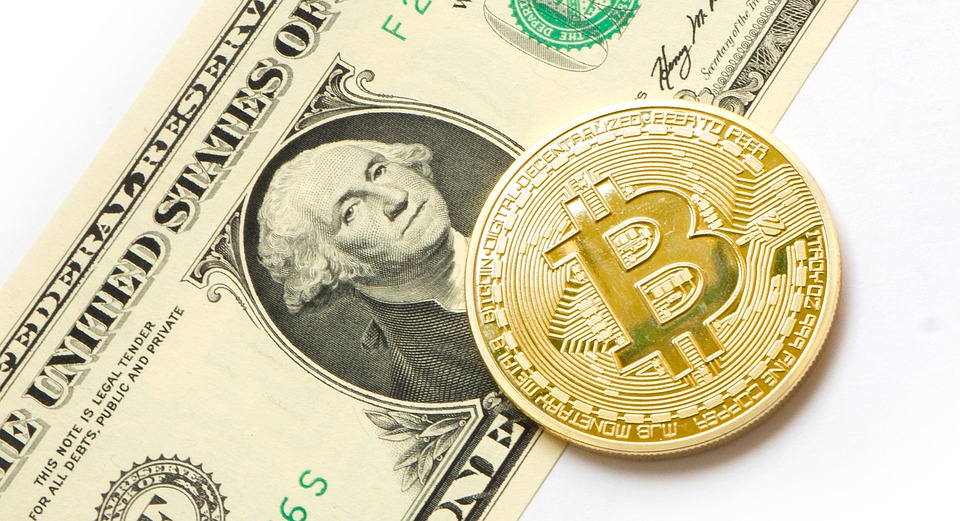
Currency exchange
In these organizations, which operate in many countries and mainly use cash, money is exchanged into larger or smaller bills or converted into another currency. These factors determine the convenience of using the structures for money laundering:
- By exchanging illegal income for available money, it is possible to maximally mask its source. Small banknotes can be exchanged for large ones, and one currency can be converted to another. As a result, illegal income is integrated into the official financial system. In addition, other monetary instruments may be issued (such as traveler’s checks or personal checks).
- Gambling houses and casinos
Casinos carry out numerous financial transactions such as issuing loans, extending their term, renting a safe, cashing checks and even transferring funds. Launderers can place very large amounts of cash at the casino provided they do not report it to the financial regulatory authorities. After that, the money can be used or redirected at any time in the form of casino checks. In some cases, illegal income may be, without attracting attention, converted into gambling chips. In addition, in terms of cooperation with casino owners, illegal income can be represented as income from the activities of a gambling house, or the cash amount above the limit requiring notification can be invested slowly over time.
Fake billing (fake export and import)
A “laundering” company, which owns a large amount of illegal cash, bills the counterparty for services actually rendered or goods sold for an amount that is more than necessary, and secretly gives it the difference in cash. The counterparty pays the bill, as a result of which a laundering company gets legal income, and the counterparty decreases taxation. The illegal cash can also be spent, for example, on bribes. Especially effective is when such transactions are carried out through real estate, works of art, jewelry and other assets, whose value can vary within very wide limits.
Cash smuggling
Illegal transfers of cash from a country with developed financial control to a country with weak control, most often in the offshore zone, is another option. After transport, cash is placed in bank accounts, often offshore ones which do not disclose the names of their clients. After that, money can be transferred to the accounts of ordinary banks or used directly with bank cards, checks and other similar tools.
NEW TREND – ELECTRONIC MONEY
These methods are actively used in areas where the control of financial institutions is weak, or where it is extremely difficult or impossible to identify the real source of income.
A new trend in money laundering operations is the use of Internet banking and electronic money, which provides its users with anonymity.







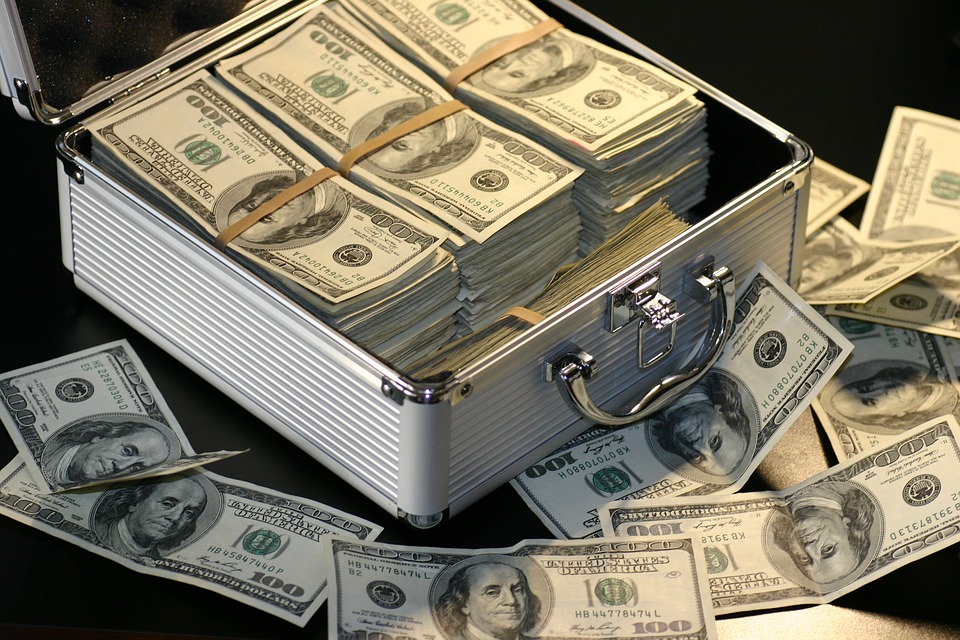
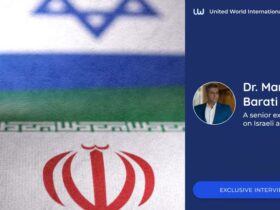
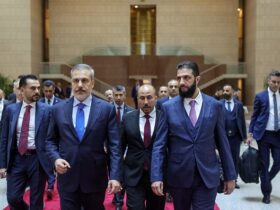


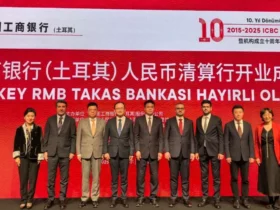
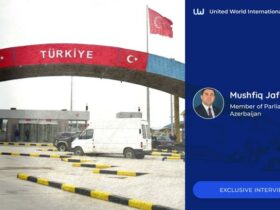
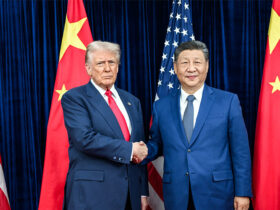
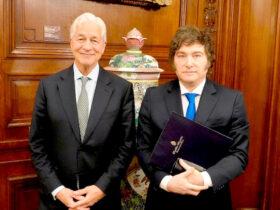

Leave a Reply